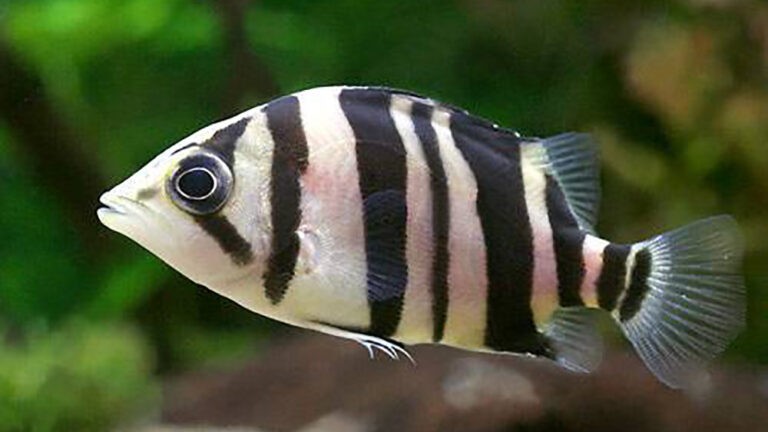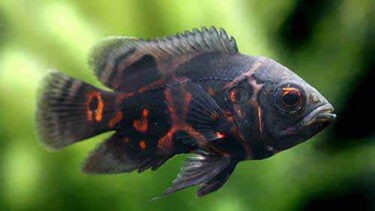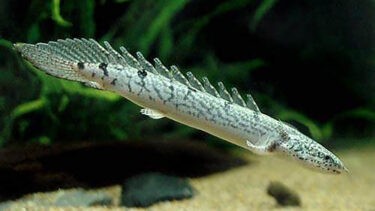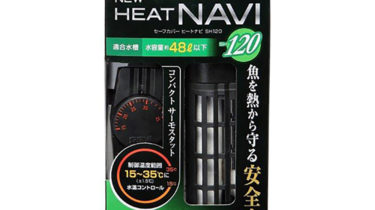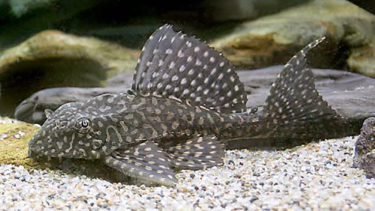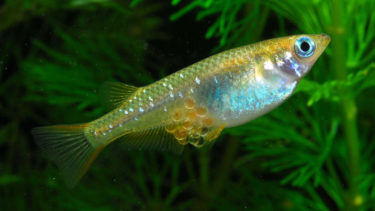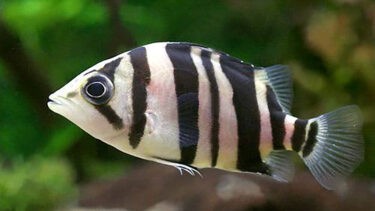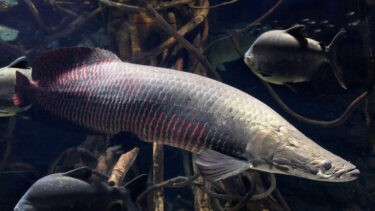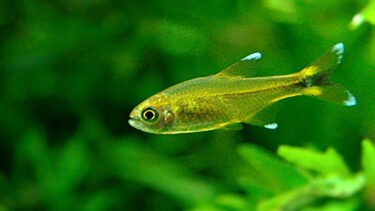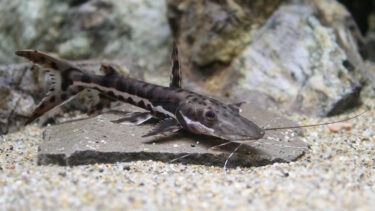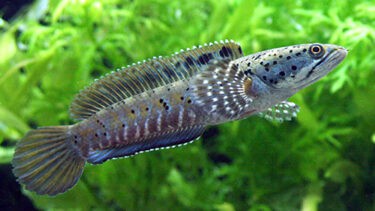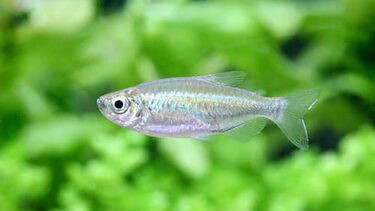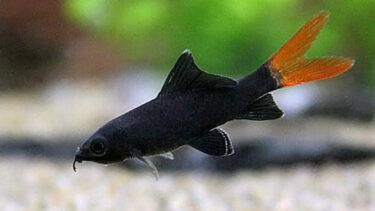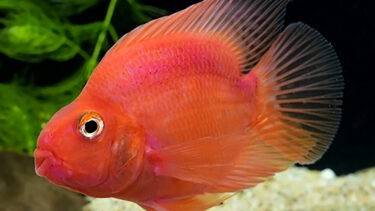The Datnioides is a tropical fish of the family Datnioideae, family Datnioideae, and genus Datnioidea, which is native to the Indonesian islands of Borneo, Sumatra, and Bangka, located in Southeast Asia. In this article, I would like to explain in detail the characteristics of the Datnioides and how to keep them.
What is Datnioides?

The Datnioides is a tropical fish in the family Datnioideae, the order of the sea bass, Datnioidea. Datnioides originate from the islands of Borneo, Sumatra, and Bangka in the Republic of Indonesia, which are located in Southeast Asia.
Datnioides prefer wetlands, submerged forests, and mangrove environments with abundant vegetation. The Datnioides is also known as the "tiger fish" because of its yellow or silver body color with several black stripes that look like a tiger. Datnioides are tall and flattened vertically, with a large mouth and lower jaw protruding forward. Datnioides is commonly abbreviated as "datnio," and is often described as "datnio" in specialty stores.
When you go to a specialty store to look at tropical fish, you may be surprised at the large number of species available. The prices are different, as are the sizes and appearances, so it is difficult to know what to choose based on. In this article, I would like to explain in detail about the different types of tropical fish. Classification of tropical fish Ca[...]
The redtail catfish is a tropical fish of the catfish order Pimelodus, family Pimelodidae, genus Plactocephalus, native to the Amazon and Orinoco river basins in South America, with a white belly and black back, and red tail and dorsal fins. In this issue, we will discuss the co[...]...
Oscar is a tropical fish of the family Cichlidae (sea bass) and the genus Astronotus, which is native to Colombia, Venezuela, and Brazil in South America. In this article, we will introduce you to the [...].
Polypterus is a tropical fish of the family Polypteridae of the order Polypteridae and is native to the Congo River, which flows through the Republic of Congo in Central Africa. In this article, we will introduce you to the Polypterus [...].
How to keep Datnioides
The lifespan of Datnioides will be approximately 10-13 years. Their body size ranges from about 35 to 55 cm. However, both lifespan and body size vary depending on the environment in which they are kept and the food they are fed. They prefer slightly alkaline to neutral water, with a pH of 7.0 to 8.0. Datnioides are classified as a tropical fish, so if you keep them in Japan, you will need a heater in winter.
A heater is a device that maintains a constant water temperature. If you go to a specialty store that carries heaters, you will find a wide variety of types. Some people may be at a loss as to which one to choose. In this article, we would like to explain about such heaters [...]
Datnioides species.
Siamese tiger (Panthera tigris siamensis)
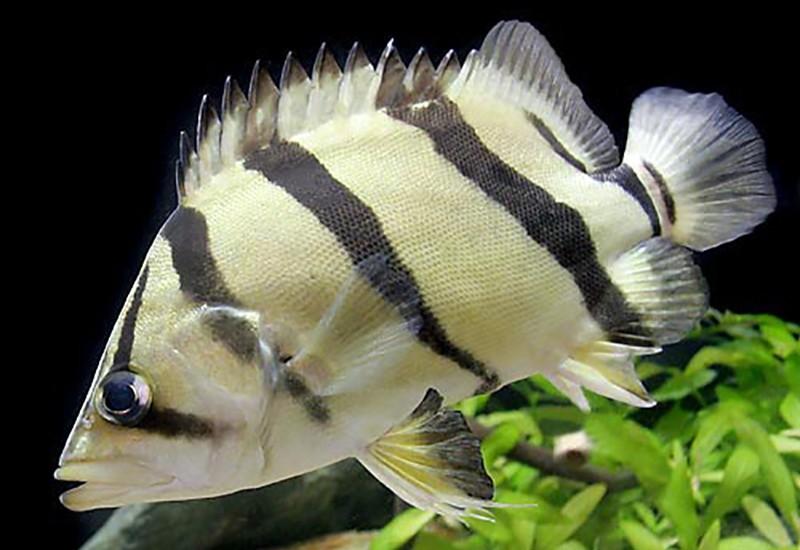
The Siamese Tiger has long been one of the most popular species of Datnioides. For this reason, many people think of the Siamese Tiger when they think of the Datnioides. The Siamese Tiger is characterized by its bright yellow skin with six thick stripes. Most Siamese Tigers in circulation are from Cambodia. Individuals from Cambodia are characterized by the distinct edges of the stripes and the stripes on the spines of the dorsal fin. Therefore, they are often sold as "Cambodian Tigers" to distinguish them from those of other regions. Also, with a body length of about 60 cm, it is one of the larger Datnioides.
Bornean tiger (Panthera borneoensis)
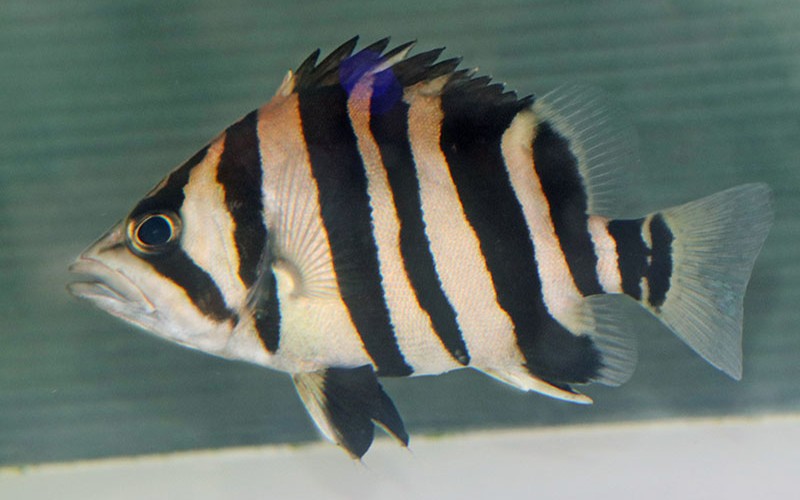
The Borneo Tiger refers to individuals from Borneo. Individuals from Borneo are characterized by one more stripe than the Siamese Tiger, with a total of seven stripes. For this reason, the Borneo Tiger is often described as a "Datnio Plus One. It is also on the medium-sized side of the Datnioidea family, with a body length of about 40 cm.
Sumatran tiger (Panthera tigris sumatrae)

The Sumatran Tiger refers to individuals from Sumatra. The Sumatran Tiger, like the Bornean Tiger, has a total of seven stripes, but the fourth stripe is lighter and appears to have six stripes, the same as the Siamese Tiger. For this reason, the Sumatran Tiger is often described as a "Datnio Realband. Also, with a body length of about 40 cm, the Sumatran Tiger is one of the medium-sized Datnioides.
Points to keep in mind when mixing swimmers
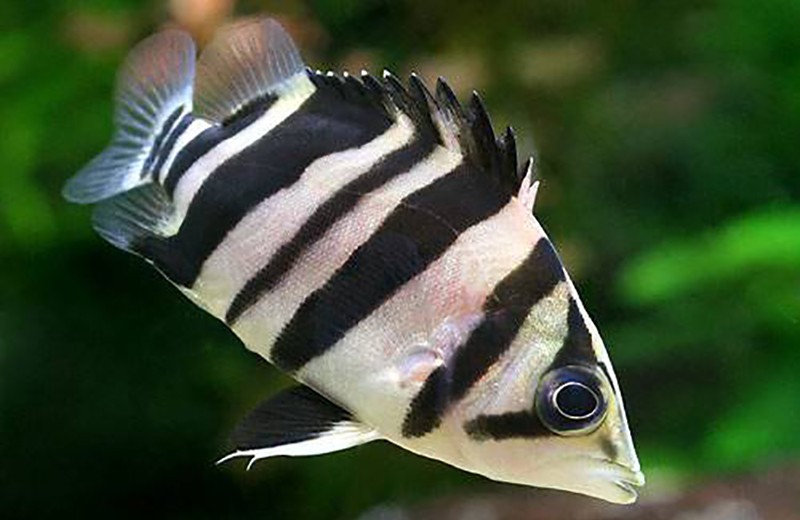
Regarding mixed swimming, Datnioides are aggressive in nature. However, they only become aggressive when they are mixed with other Datnioides. Therefore, they tend to be indifferent to other species.Large fish such as arowanas are recommended for mixing with Datnioides. Datnioides are basically omnivorous, but they have a strong carnivorous nature, so if they are mixed with smaller species, they may recognize them as food and eat them, so care must be taken.
The pleco is a tropical fish of the catfish order Loricariidae, family Pecoltia, native to the Amazon and Orinoco river basins in South America. It has hard, rough scales like armor and a sucker-like mouth that can stick to rocks and walls. In this article, we will discuss the characteristics of the pleco and its keeping [...].
Points about spawning
Many people who keep Datnioides want to breed them. However, breeding Datnioides is not very difficult, but there are only a few breeding cases, so the difficulty level is higher in that aspect when breeding them.
Many people who keep killifish want them to spawn. However, not many people know about spawning and what they need to do to prepare for it. This time, we would like to explain the method of spawning and the points to be noted [...].
If you have kept goldfish for a long time, you may want to try to breed them. However, if goldfish spawning is not done with care, there is a high possibility that the goldfish will weaken. In this article, I would like to explain in detail the method and precautions for spawning. The time of spawningThe time of spawning of goldfish is [...]
Points to keep in mind when keeping Datnioides.
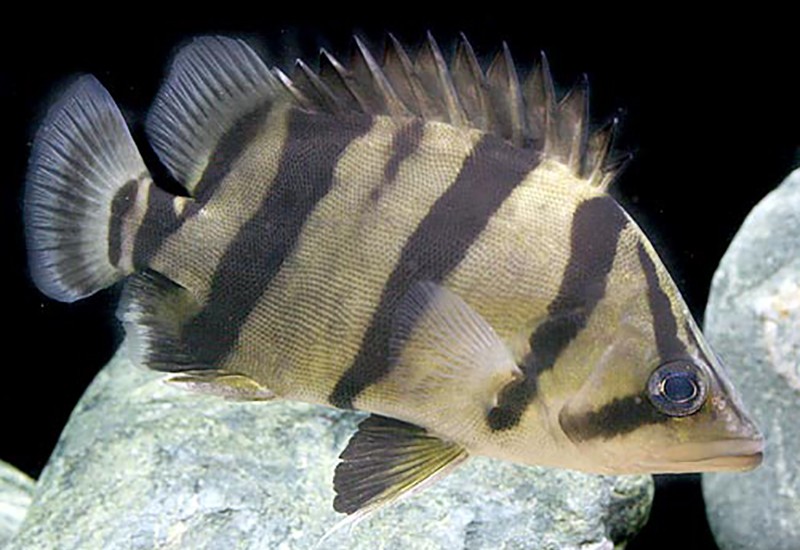
Datnioides is a popular variety because of its yellow and black stripes. Datnioides is a slow-growing species that can take several years to reach the 30-cm mark. Therefore, the number of large individuals is limited, and the price tends to rise. One thing to keep in mind when keeping Datnioides is the phenomenon of "body color blackening. Blackening, as the name suggests, refers to a phenomenon in which part or the entire body turns black. In the case of Datnioides, the yellow and black stripes are a characteristic feature, but the stripes are no longer black because the yellow part of the body becomes black. To prevent blackening, it is necessary to create an optimal environment.First, a situation in which Datnioides is beautifully colored is a tense (threatening or exciting) situation. In other words, blackening can be prevented by artificially creating a tense environment. The most tense environment for Datnioides is when they are mixed with other species. However, some species that are mixed with other species may not be taut, so adding individuals of the same or larger size as the Datnioides will increase tautness. For those who are unable to do things such as mixed swimming, simply changing the environment of the Datnioides aquarium frequently can help prevent this problem. It is relatively easy to do so, and we recommend changing the location and amount of light, as well as the color of the film around the aquarium. Datnioides has a prominent body color and massive build. If you are interested in Datnioides, I recommend that you take a look at them at a specialty store.

